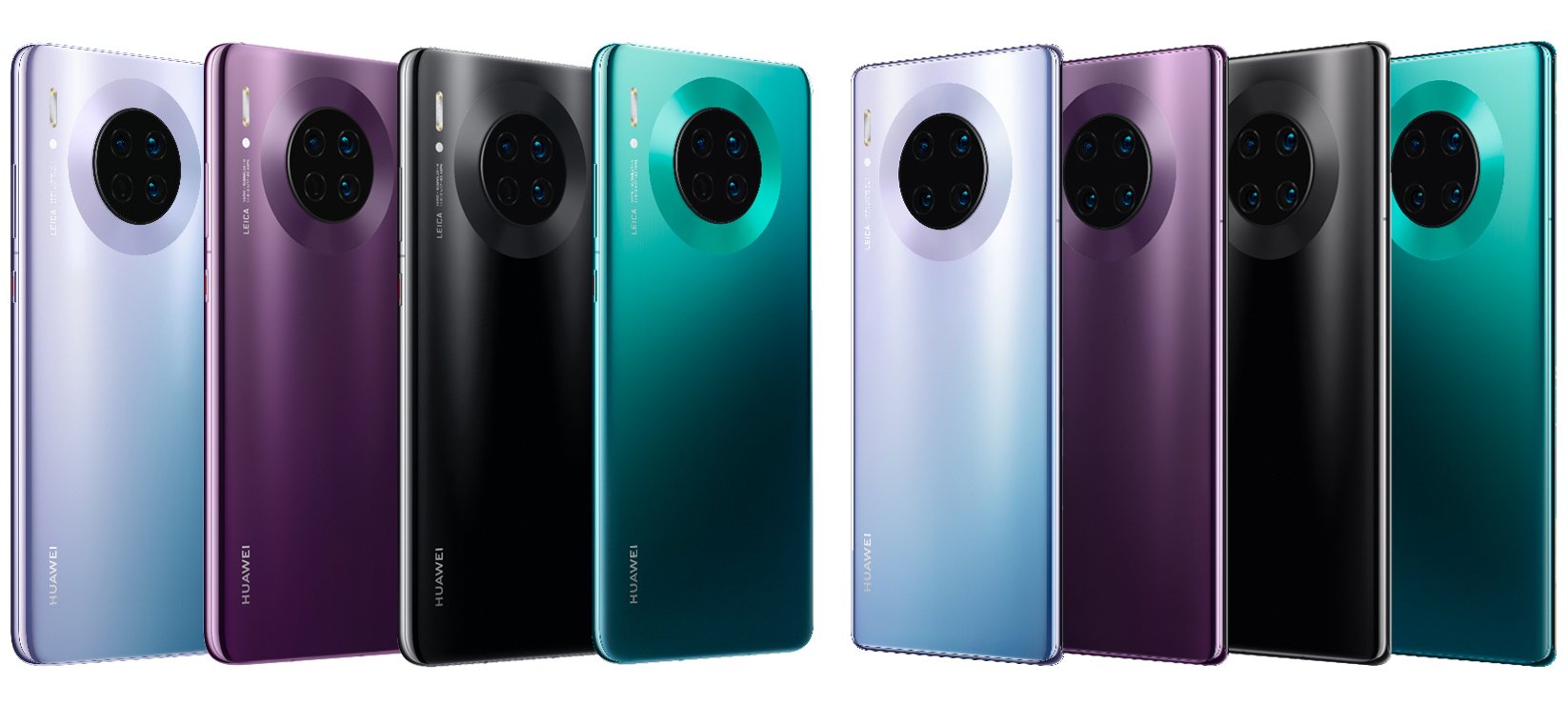There are a couple of ways to get Google Apps onto Huawei’s Mate 30 it has emerged, but the most complete method was an app called LZ Play. It promised a one click (well, two or three, but it was fairly simple) method to install everything needed to get Google’s apps and services working on the Mate 30, but as with all things that seem too good to be true, there was more to this story, too.
John Wu, the man behind Android’s most well-known mod Magisk, dug a little deeper into how LZ Play worked, and wrote a fairly long piece on his Medium about how it worked. In a nutshell, it used some undocumented APIs from Huawei that allow certain apps to be installed by users, but treated as – and given the same permissions as – system apps.
The process didn’t seem to be available to just anyone. Rather, it seemed for this API to be available to an app to use, it had to be cryptographically signed by Huawei – in other words, there’s an approval process.
This revelation evidently raised a few eyebrows, because not long after John’s piece was published, two things happened. First, the website hosting LZ Play disappeared (and it hasn’t, as yet, returned). Secondly, Mate 30s which had Google Apps installed by this method were no longer passing SafetyNet checks, whereas the week prior, they had been.
Seeing as Google’s SafetyNet check only matters if a phone actually runs Google’s apps and services, it kind of fits that Huawei’s Mate 30 wouldn’t pass, and wouldn’t – by design, at least – even need to. Therefore, it’s surprising that the Mate 30 ever managed to pass, especially with side-loaded Google apps.
For those customers who managed to sideload Google Apps this way before LZ Play disappeared, most Google services will continue to work. However, without SafetyNet, chances are Google Pay won’t work, and any DRM services built on SafetyNet also won’t – so things like Netflix, video streaming services, and even banking and financial services apps may not work.
Going forward, of course, the options will be far fewer. Users can still use well documented methods to install most Google apps and services even without LZ Play, but they won’t work quite the same way. Simple services like Gmail, Drive, and even the Play Store are likely to work, but again, anything relying on Google’s SafetyNet process won’t, and without system permissions – which Google’s apps now can’t get on Mate 30 – it’s likely some features simply won’t work well, or at all.




